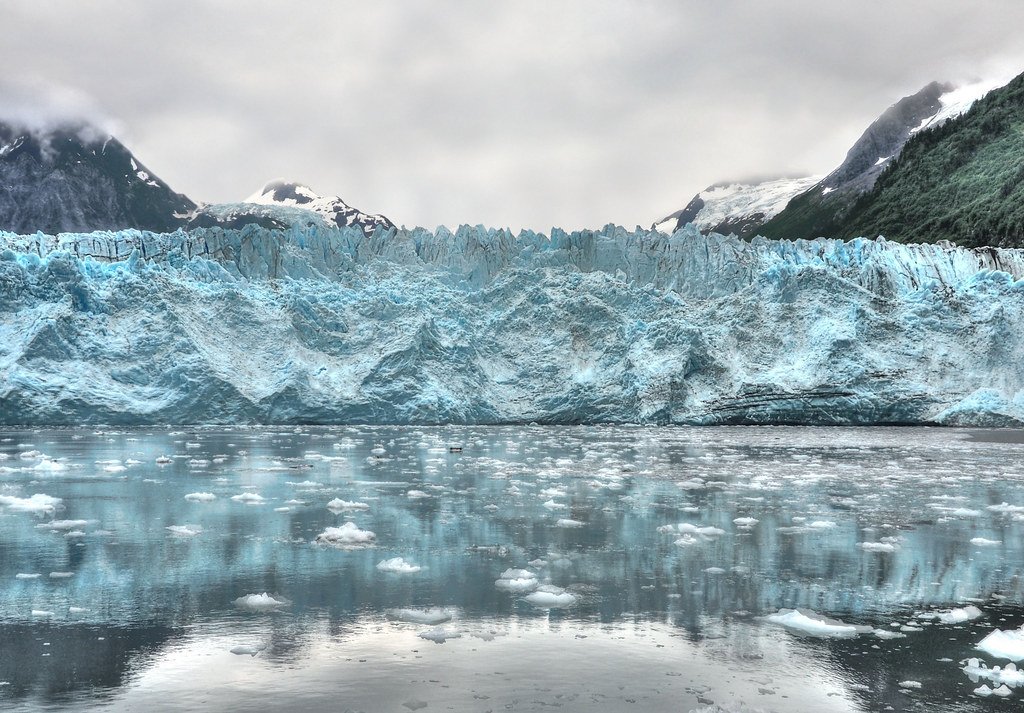The mountains across America tell a chilling story. Once mighty glaciers that carved valleys and sustained rivers for thousands of years are vanishing at an alarming rate. Scientists document roughly two-thirds of the world’s glaciers disappearing by the end of this century if current warming trends persist.
Yet some frozen giants defy expectations. While most retreat rapidly up mountainsides, leaving barren rock in their wake, a handful of American glaciers buck the trend. They advance, grow thicker, or maintain steady positions despite rising global temperatures. Let’s dive in to discover which glaciers are losing their battle against time and which ones surprise scientists with their resilience.
Bear Glacier – Alaska’s Fastest Retreating Lake-Terminating Glacier
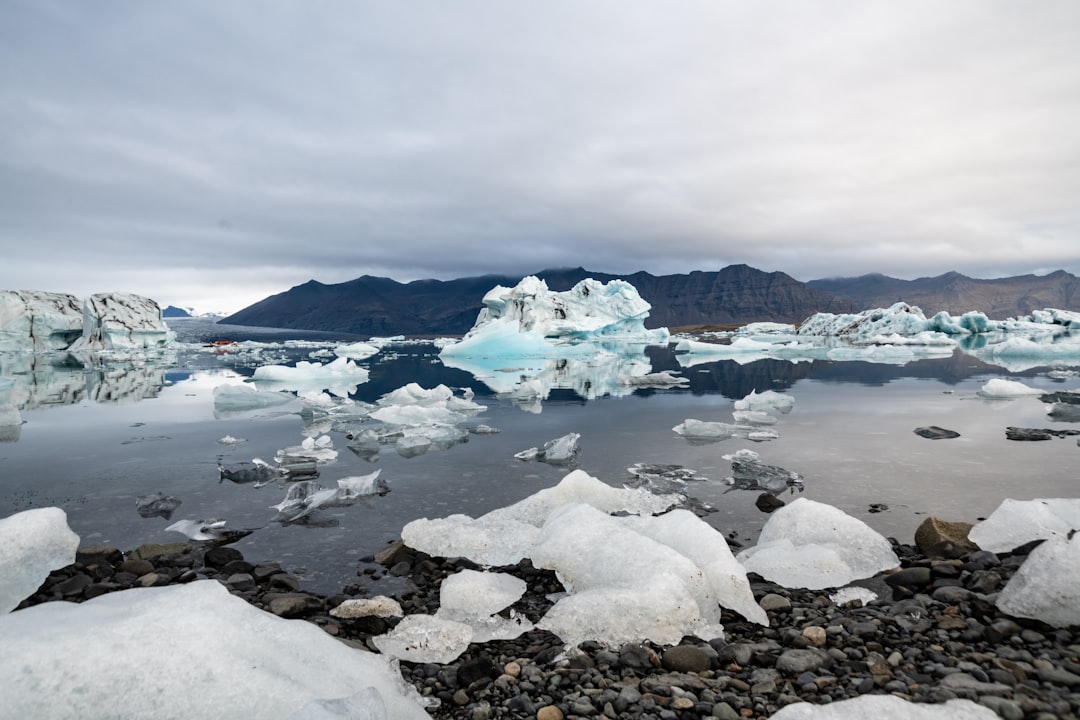
Bear Glacier retreated by 5 kilometers (3 miles) between 1984 to 2021, and Pedersen Glacier retreated by 3.2 kilometers (2 miles) during that period. This massive ice formation in Alaska’s Kenai Fjords National Park ranks among the continent’s most dramatically retreating glaciers. The data show that lake-terminating glaciers, which include the popular Bear Glacier and Pedersen Glacier, are retreating fastest.
Bear Glacier’s retreat creates an expanding lagoon where ice once dominated. Tourists who visited decades ago return to find unrecognizable landscapes where solid ice previously stretched for miles. The glacier’s terminus now sits kilometers uphill from where early photographers captured its imposing presence, creating a stark visual timeline of climate change in action.
Columbia Glacier – Prince William Sound’s Rapidly Collapsing Giant
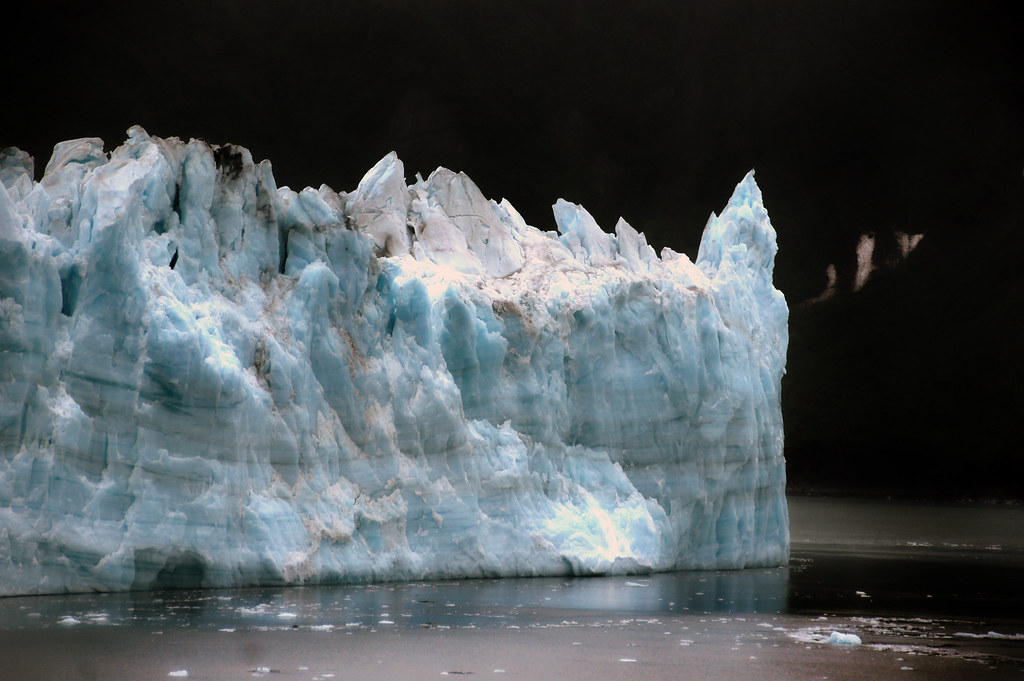
The Columbia Glacier near Valdez in Prince William Sound retreated 15 km (9.3 mi) in the 25 years from 1980 to 2005. Its calved icebergs partially caused the Exxon Valdez oil spill, when the tanker changed course to avoid the ice tips. This behemoth continues melting at extraordinary speeds, earning recognition as one of the world’s fastest-moving glaciers despite its retreat.
The glacier’s collapse creates navigation hazards throughout Prince William Sound. Columbia Glacier is also extremely active in calving, making it tricky for tour boats navigating close to the glacier. Marine operators now plan routes around massive icebergs that break away daily, transforming what was once predictable ice into a maze of floating obstacles. Guides and marine tour operators offer trips to the Valdez Glacier near town, the Shoup Glacier further out Valdez Arm, and to the immense Columbia Glacier – now undergoing drastic retreat and exposing a new spectacular fiord.
Pedersen Glacier – Kenai Fjords’ Disappearing Ice River
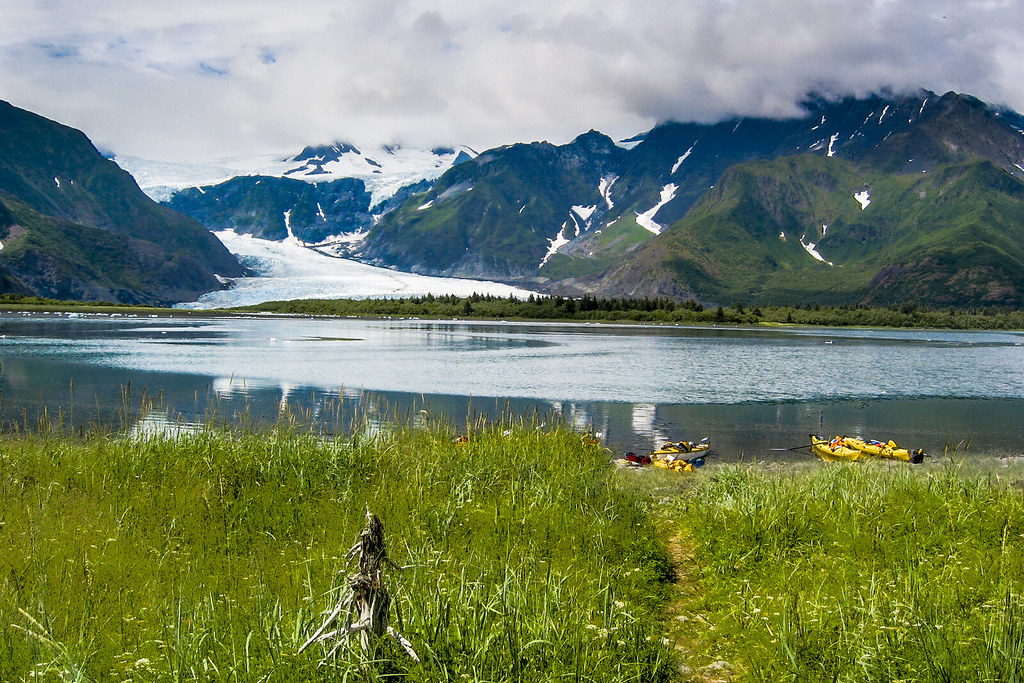
Pedersen Glacier retreated by 3.2 kilometers (2 miles) during that period. This popular destination in Alaska’s Kenai Fjords National Park demonstrates the vulnerability of lake-terminating glaciers to warming conditions. Visitors once kayaked directly to its terminus now find themselves paddling across increasingly large bodies of water to reach the ice.
Park rangers document the glacier’s retreat through photography, creating time-lapse evidence of environmental change. The expanding lake system attracts different wildlife as ecosystems adapt to new water sources. Scientists study Pedersen as a model for understanding how similar glaciers worldwide might respond to continued warming temperatures.
Easton Glacier – Washington’s Rapidly Accelerating Retreat
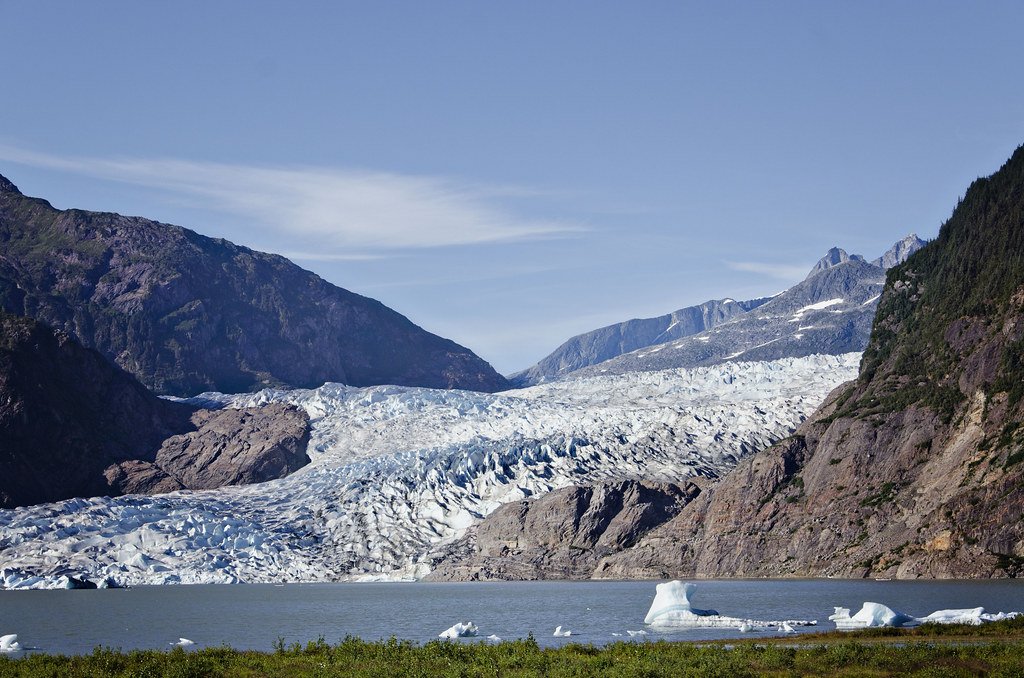
The retreat of the glacier started off relatively slowly, around 30 to 40 feet (10 to 12 meters) per year from 1990 to 2015. “In the last decade, it’s really accelerated,” Pelto said. It’s averaging about 100 feet (30 meters) per year now. Mount Baker’s Easton Glacier in Washington State showcases how glacial retreat can suddenly accelerate beyond historical patterns.
Glaciologist Mauri Pelto witnessed dramatic changes firsthand during his research visits. “I sat on that rock and put my crampons on, with one foot on the ice, in 1990.” Today, in 2024, the ice was 2,000 feet (600 meters) uphill from that spot. The glacier’s retreat exposes unstable terrain and loose rock piles that make approaching the ice increasingly dangerous for researchers and climbers.
Sierra Nevada Glaciers – California’s Disappearing Ancient Ice
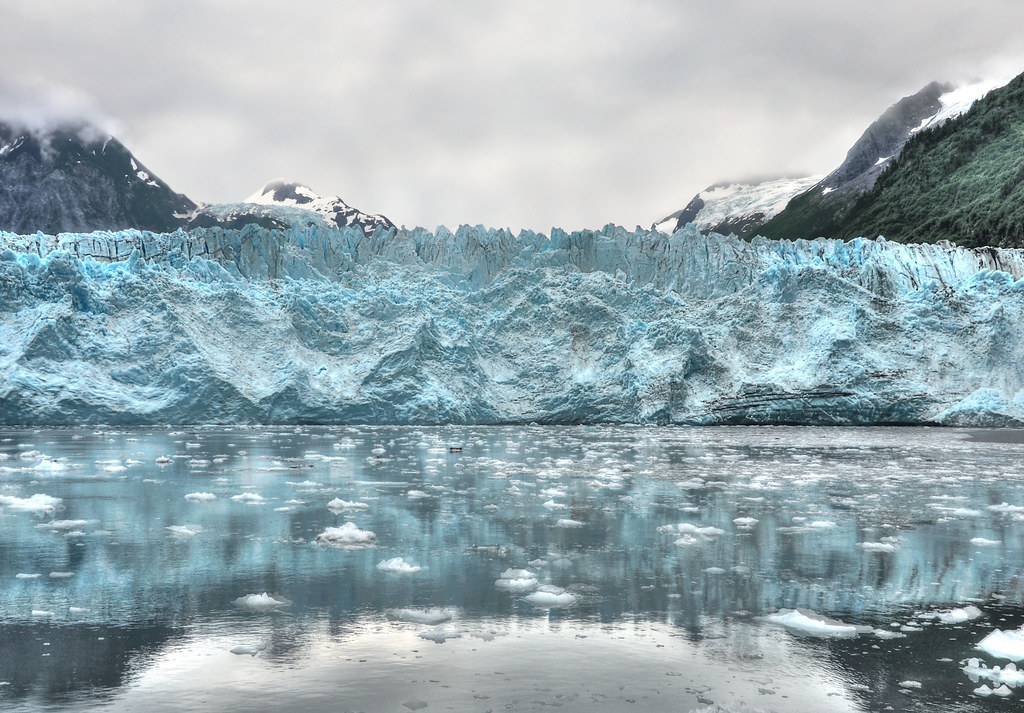
The study looked at four glaciers in the Sierra Nevada: the Conness, Maclure, Lyell, and Palisade glaciers. These formations are good “bellweathers” for looking at glacier disappearance, as they have withstood the test of time and industrial-era warming. Research reveals these glaciers have persisted for at least the entire Holocene period, making their current retreat unprecedented.
“Our reconstructed glacial history indicates that a future glacier-free Sierra Nevada is unprecedented in human history since known peopling of the Americas ~20,000 years ago,” the authors write. These small but scientifically significant glaciers provide crucial evidence about long-term climate patterns. In the western United States, mountain glaciers are projected to disappear by 2100 CE, according to previous research. Their complete disappearance would mark the first time these peaks have been ice-free in recorded human history.
North Cascade Glaciers – Washington’s Endangered Ice Fields

As of 2005, 67% of the North Cascade glaciers observed are in disequilibrium and will not survive the continuation of the present climate. These glaciers will eventually disappear unless temperatures fall and frozen precipitation increases. The Cascade Range holds roughly half of America’s glacial area outside Alaska, making these losses particularly significant for continental ice coverage.
This retreat has occurred during a period of reduced winter snowfall and higher summer temperatures. In this region of the Cascades, winter snowpack has declined 25% since 1946, and summer temperatures have risen 0.7 °C (1.2 °F) during the same period. Scientists predict that surviving glaciers will stabilize at much smaller sizes unless warming accelerates further. The remaining ice formations face ongoing pressure from reduced winter accumulation and extended melting seasons.
Glacier National Park’s Namesake Ice – Montana’s Vanishing Legacy
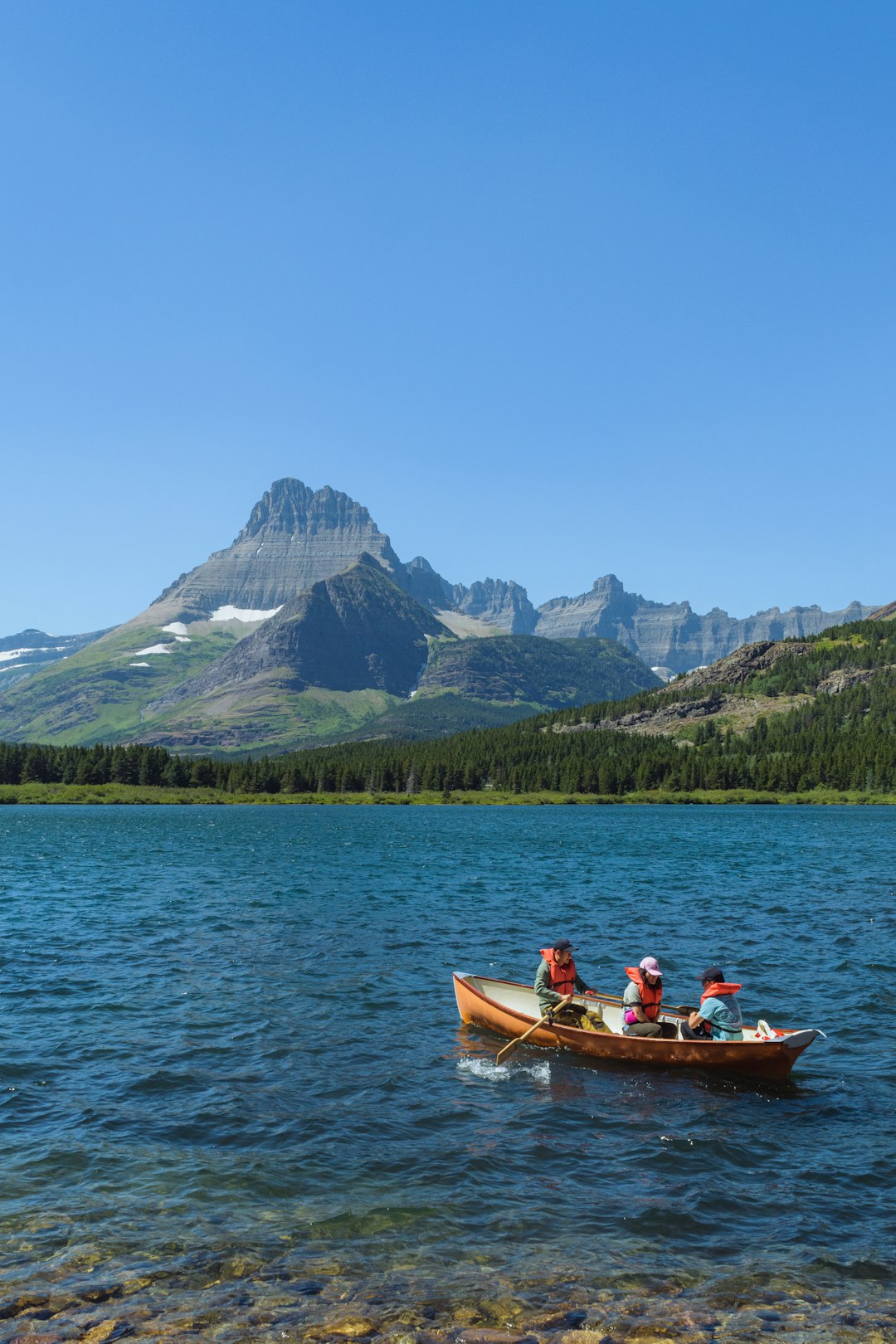
On the sheltered slopes of the highest peaks of Glacier National Park in Montana, the eponymous glaciers are diminishing rapidly. The park that bears the name “Glacier” faces the ironic possibility of becoming glacier-free within decades. The warming climate has dramatically reduced the size of 39 glaciers in Montana since 1966, some by as much as 85 percent, according to data released…
Park officials grapple with how to present these changes to millions of annual visitors. Educational programs now focus on documenting glacier retreat through historical photography and real-time monitoring. The park’s iconic Going-to-the-Sun Road provides access to viewpoints where tourists can witness the dramatic landscape changes occurring during their lifetimes.
Mendenhall Glacier – Juneau’s Retreating Tourist Attraction
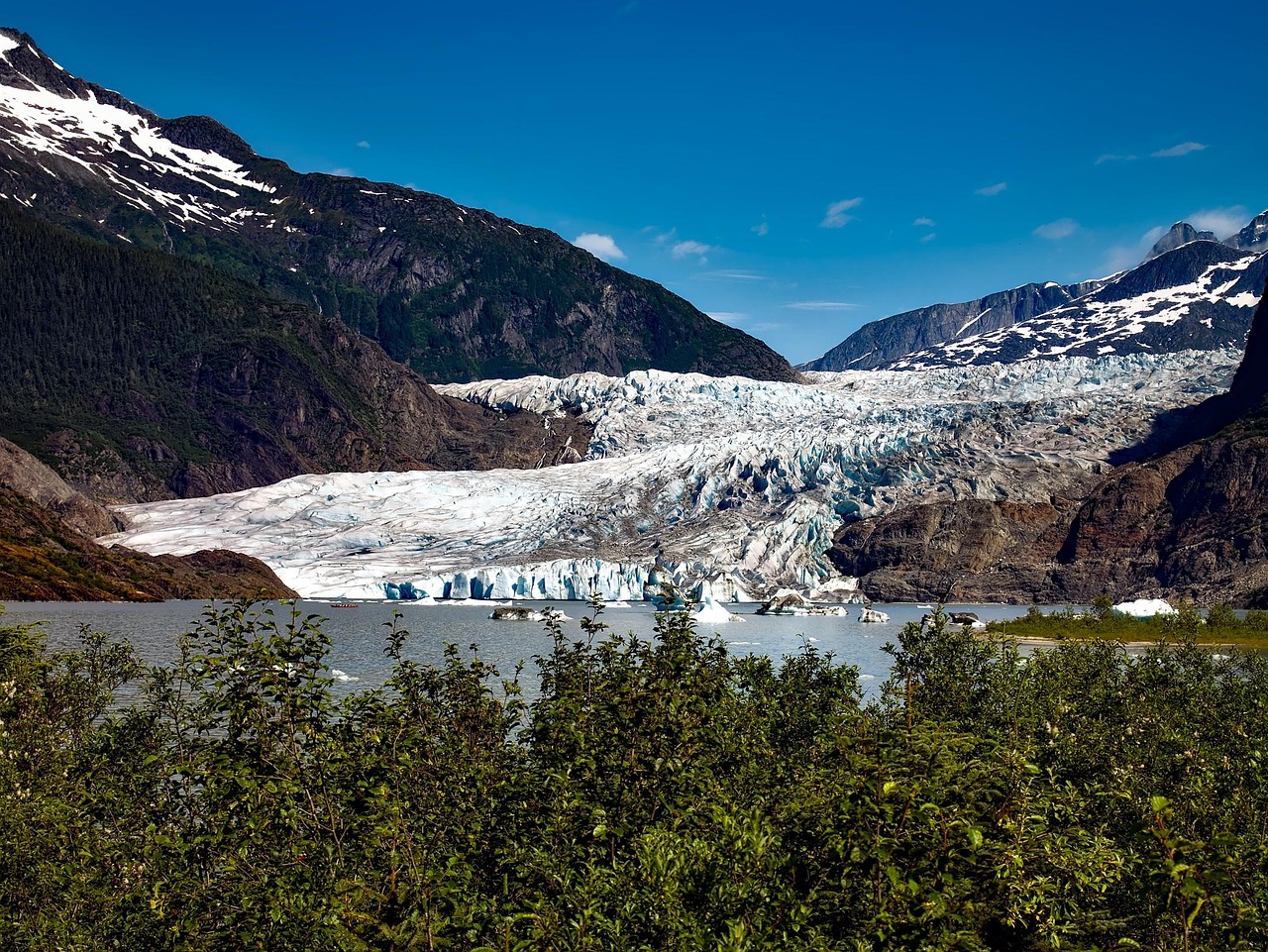
Signage identifies the glacier’s terminal locations during its retreat over the decades, making the access trail a real-time index into the dynamics of climate warming. This easily accessible glacier near Alaska’s capital serves as a classroom for understanding climate change impacts. This dramatic tongue of ice descends from the massive Harding Ice Field to a visitor center with curated trail system, located inside the only portion of Kenai Fjords National Park reachable by road.
The glacier’s retreat creates new hiking opportunities as previously ice-covered terrain becomes accessible. However, the changing landscape also presents safety challenges as unstable moraines and glacial lakes form. Scientists use Mendenhall as a research site to study how temperate glaciers respond to warming conditions, making it valuable for both education and climate science.
Portage Glacier – Alaska’s Most Watched Retreat
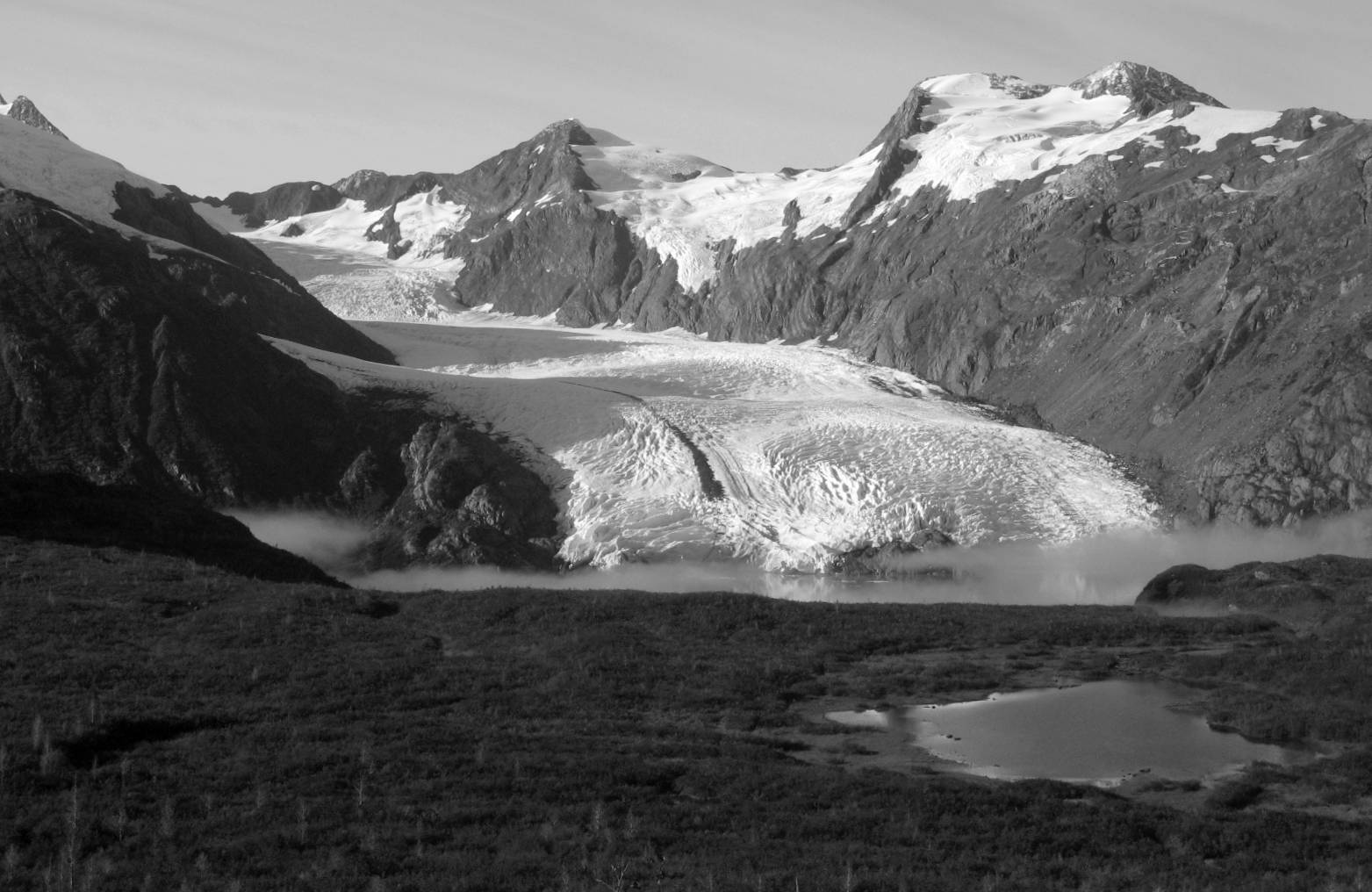
This very active glacier now hidden inside a lobe of Portage Lake has undergone what may be the most closely watched retreat of any glacier in Alaska. Decades after it exposed its own deep lake, the Begich, Boggs Visitor Center was built specifically to showcase a stunning head-on view of its rugged, collapsing face. Though the glacier finally slipped from easy view in the 1990s and became largely a tour boat destination in summer, Portage continues to generate icebergs that ground within sight of lakeshore parking.
Due to its retreat in recent years, however, Portage Glacier is no longer visible from the visitor’s center. This dramatic change forced park managers to redesign visitor experiences and educational programs. Tourists now take boat tours to reach the glacier’s terminus, creating new industries while documenting the pace of environmental change. The visitor center maintains historical displays showing the glacier’s former position, providing powerful visual evidence of climate impact.
Wyoming’s Wind River Glaciers – Rocky Mountain Retreat
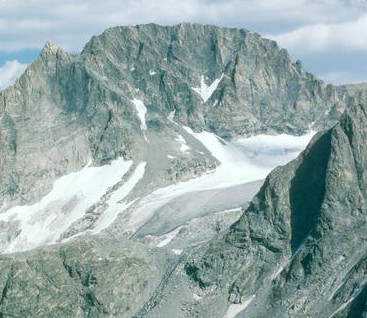
Research between 1950 and 1999 demonstrated that the glaciers in Bridger-Teton National Forest and Shoshone National Forest in the Wind River Range shrank by over a third of their size during that period. Photographs indicate that the glaciers today are only half the size as when first photographed in the late 1890s. Research also indicates that the glacial retreat was proportionately greater in the 1990s than in any other decade over the last 100 years.
Schoolroom Glacier is located slightly southwest of Grand Teton is one of the more easily reached glaciers in the park and it is expected to disappear by 2025. The Wind River Range contains some of America’s most accessible mountain glaciers, making their disappearance particularly visible to recreational users. Gannett Glacier on the northeast slope of Gannett Peak is the largest single glacier in the Rocky Mountains south of Canada. Even this substantial ice formation shows signs of significant retreat, representing broader changes across the American West.
Now let’s examine the remarkable exceptions: glaciers that confound expectations by advancing, stabilizing, or even growing thicker despite warming conditions.
Hubbard Glacier – Alaska’s Advancing Giant
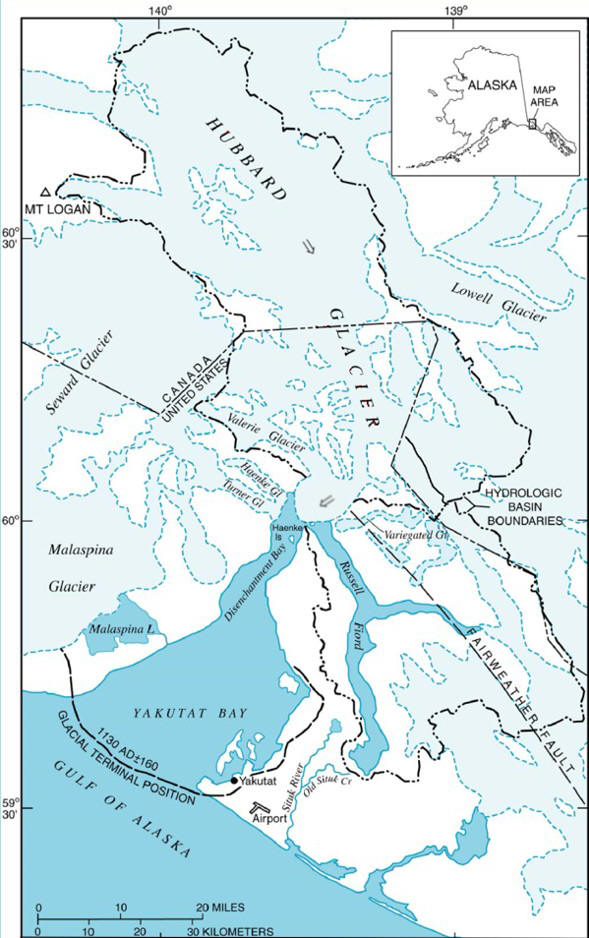
Hubbard Glacier is the largest of eight calving glaciers in Alaska that are currently increasing in total mass and advancing. Hubbard Glacier is defying the global paradigm of valley or mountain glacier shrinkage and retreat in response to global climate warming. Hubbard Glacier is the largest of eight calving glaciers in Alaska that are currently increasing in total mass and advancing. This massive tidewater glacier continues growing despite rising global temperatures, occasionally blocking Russell Fjord entrance.
Hubbard Glacier has advanced at a rate of about 80 feet per year since 1895. Although the timing is uncertain, the prospect of the glacier continuing to advance and again blocking the entrance to Russell Fjord is much more certain. Scientists attribute its growth to unique geographic conditions and natural glacier cycles rather than climate factors. Also like the Whitney Glacier on Mt. Shasta, Hubbard Glacier is larger today than it was back in the 1890s. The glacier’s advancement threatens local ecosystems and communities, demonstrating how glacier changes create complex environmental challenges.
Tulutsa Glacier – Earth’s Youngest and Fastest Growing Ice
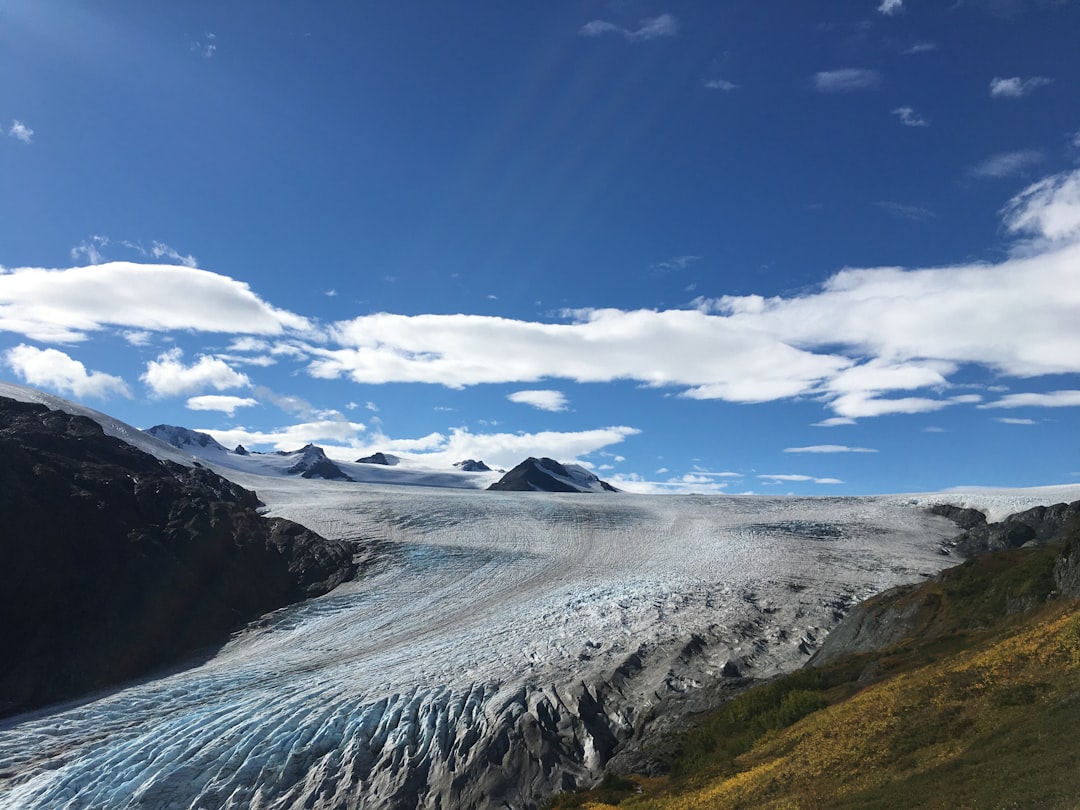
The approximately 44-year-old Tulutsa Glacier is the fastest growing new glacier in the world. While most of mountain glaciers are shrinking or disappearing because of global warming, this US glacier keeps advancing at an accelerated pace. Nobody in the world has seen a glacier grow from virtually the very first snowflake. This is the fastest new glacier growing in the continental USA, and beyond.
Tulutsa glacier is now about 2.76 km (1.71 miles) long from the accumulation area to the unified terminus. The glacier has more than 200 meters in thickness thick (657 ft) in some places. This unique formation on Mount St. Helens benefits from volcanic activity and protective rock debris that insulate ice from melting. The youngest glacier on Earth has become a scientific curiosity. International teams of scientists spent weeks up there researching. Its rapid growth provides scientists with unprecedented opportunities to study glacier formation processes in real-time.
Holgate Glacier – Alaska’s Surprising Advancement
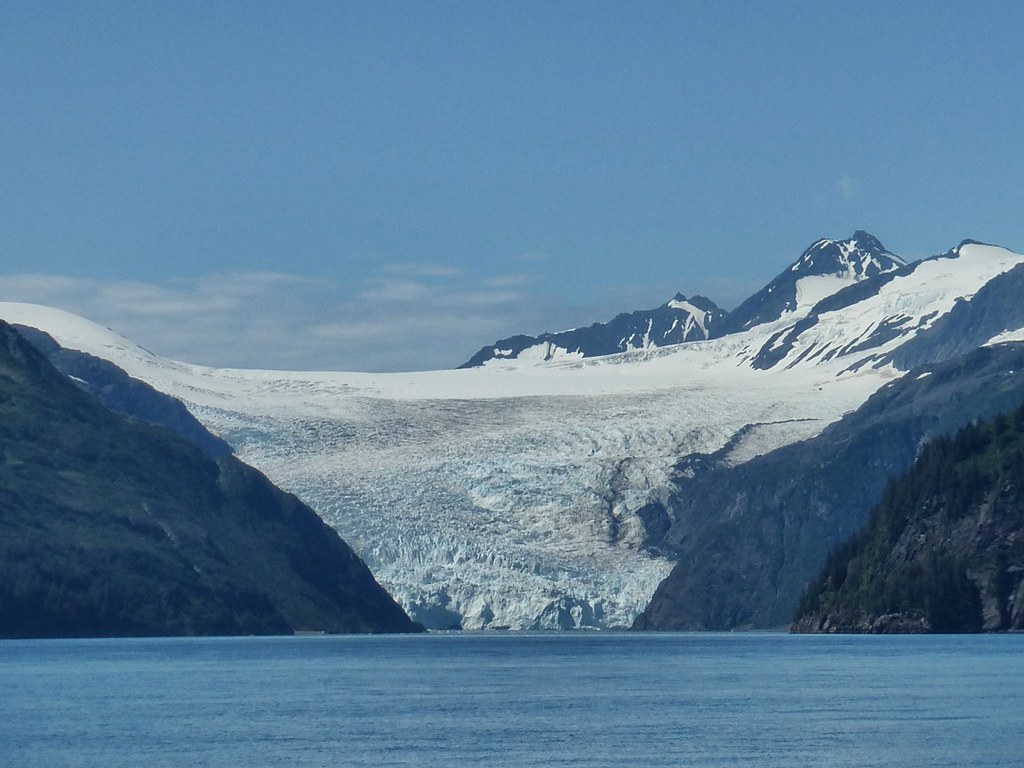
But the new analysis shows that the overall glacier has been advancing for about 5 years, and appears to go through regular cycles of advance and retreat. Local residents had recently observed land exposed at its terminus, but the new analysis finds that the glacier has been advancing over the past 5 years. One of them, the tidewater Holgate glacier, advanced by about half a kilometer. That finding was a surprise, said Black.
All that material helps shield the glacier from relatively warm marine water. Kurtz observed Holgate’s shoal in 2020 when she visited the glacier. “It’s thick enough that it actually insulates the glacier.” The glacier builds protective sediment barriers that insulate it from warm ocean water, enabling continued advancement. Scientists study Holgate as an example of how local geographic conditions can overcome broader climate trends. This tidewater glacier demonstrates the complex interactions between ice dynamics and marine environments.
Johns Hopkins Glacier – Glacier Bay’s Advancing Exception
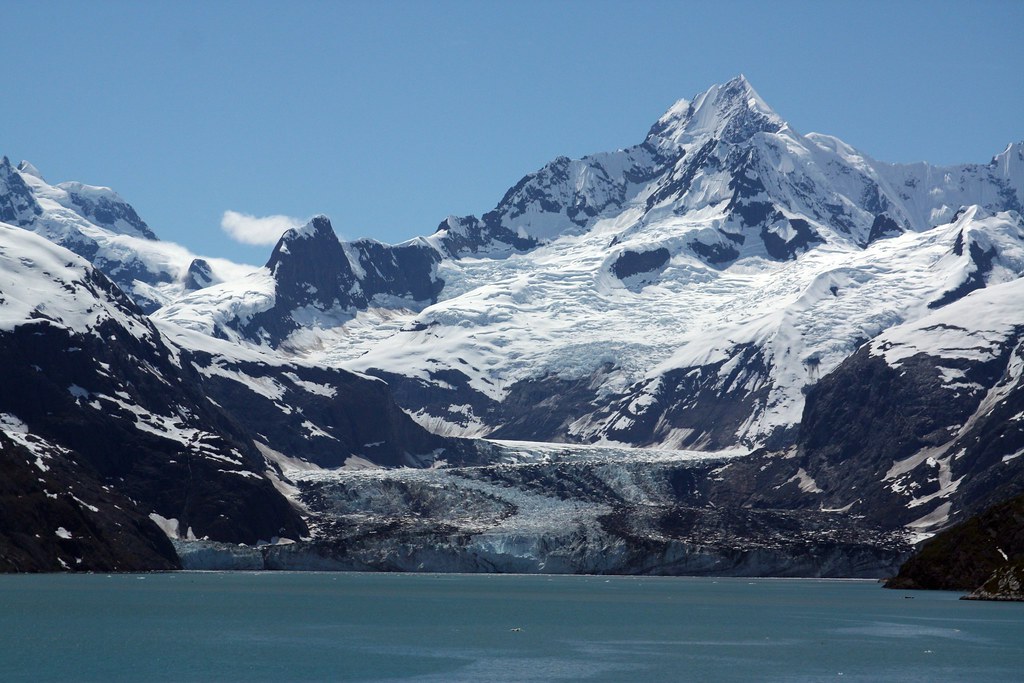
It’s 12 miles long, located in Glacier Bay National Park and has been confirmed to be one of few glaciers that is still advancing rather than shrinking. Located in one of America’s most famous glacial regions, Johns Hopkins stands out by continuing to advance while surrounding glaciers retreat. This glacier benefits from deep fjord conditions and substantial ice accumulation in its upper reaches.
The only access to the face of the glacier is by cruising up the Johns Hopkins Inlet. The glacier’s remote location provides protection from some warming influences while maintaining robust ice supply from the Juneau Icefield. Scientists study Johns Hopkins to understand why certain glaciers resist retreat trends that affect most ice formations in the region.
Harvard Glacier – College Fjord’s Advancing Ice Stream
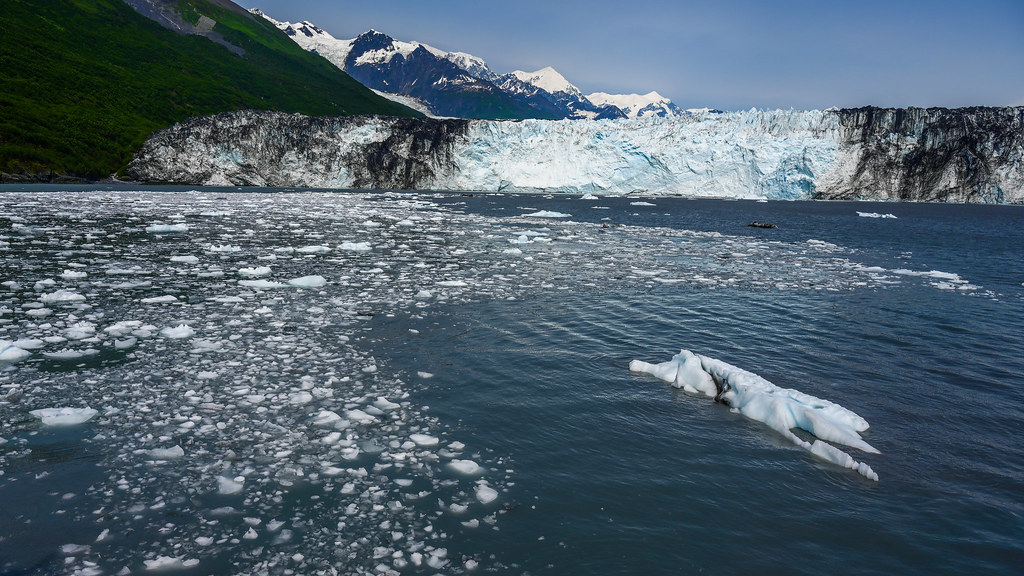
The 2000 photograph documents the continuing advance of Harvard Glacier, which has completely obscured the view of Radcliff Glacier. Harvard Glacier has advanced more than 1.25 kilometers (0.78 miles) since 1909. This tidewater glacier in Alaska’s College Fjord system continues advancing despite regional warming trends, demonstrating the complex nature of glacier behavior.
Harvard Glacier’s advancement creates dramatic changes in the fjord ecosystem as it pushes into marine environments. The glacier’s movement affects local wildlife populations and changes navigation patterns for marine vessels. Its continued growth provides scientists with opportunities to study advancing glacier mechanics and their environmental impacts in warming conditions.
Conclusion
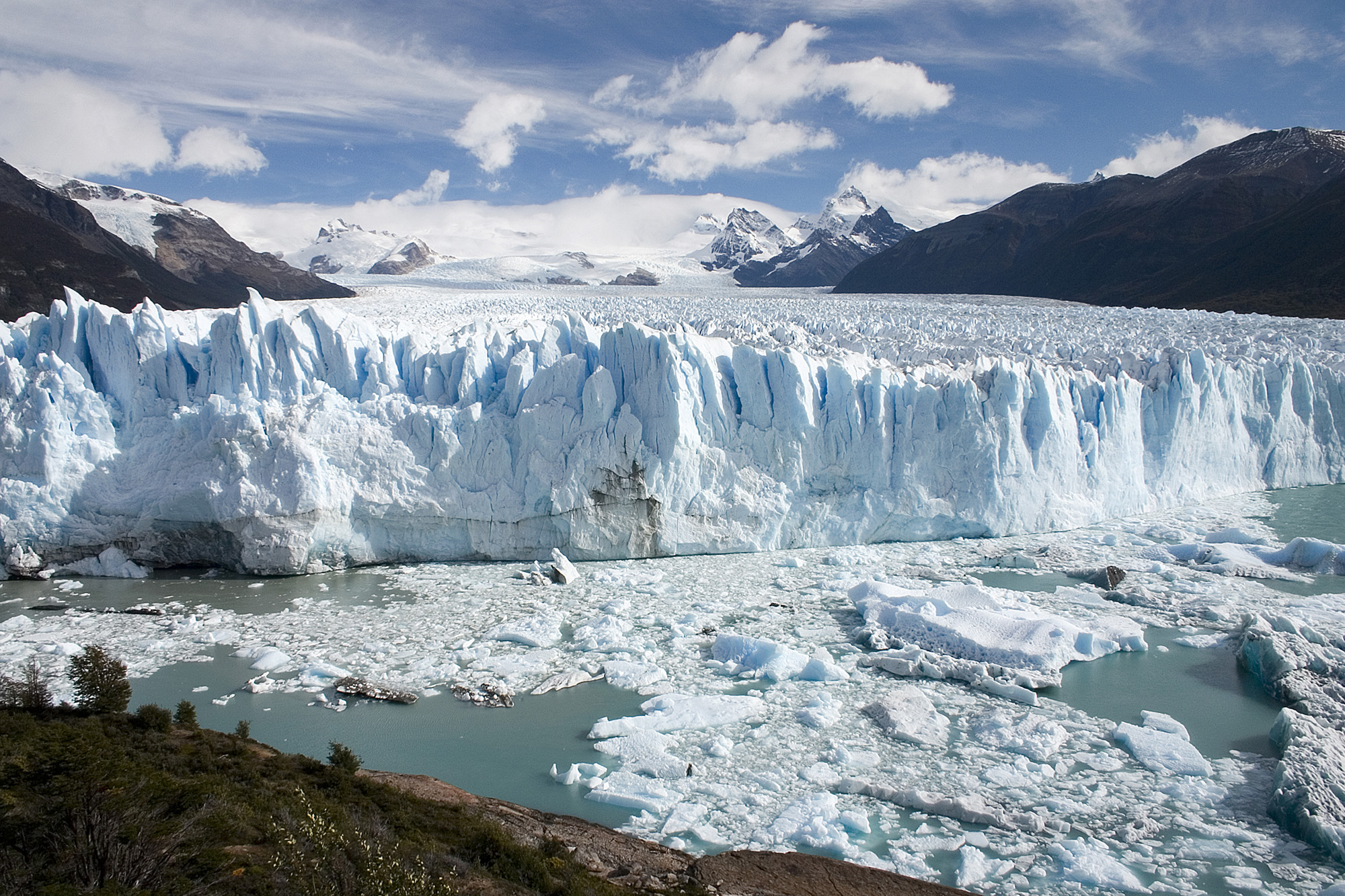
The fate of America’s glaciers tells two contrasting stories of our changing planet. While the vast majority retreat at accelerating speeds, documenting the reality of climate change through dramatic landscape transformations, a small number of exceptional glaciers continue advancing or stabilizing against global trends.
These retreating giants leave behind expanded lakes, unstable moraines, and fundamentally altered ecosystems that wildlife and human communities must navigate. Meanwhile, the few advancing glaciers remind us that local conditions, geographic factors, and natural cycles still influence ice behavior in complex ways. The stark contrast between rapidly disappearing Sierra Nevada glaciers with 20,000 years of history and 25-year-old Tulutsa Glacier growing faster than any ice formation on Earth perfectly captures the dramatic environmental shifts occurring across the American landscape.
What surprises you more about these glacial changes – the speed of retreat or the unexpected advances? Share your thoughts in the comments below.

